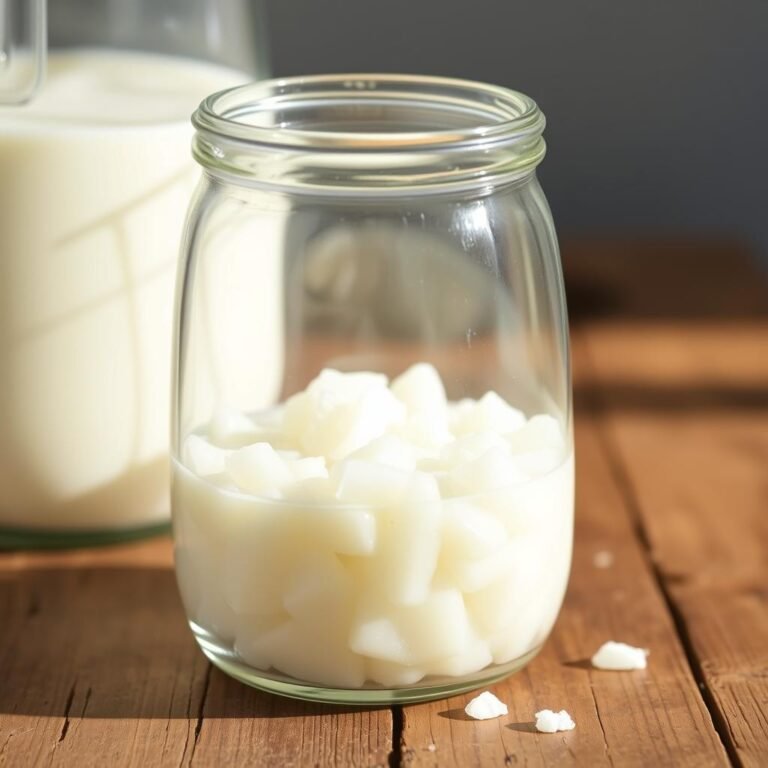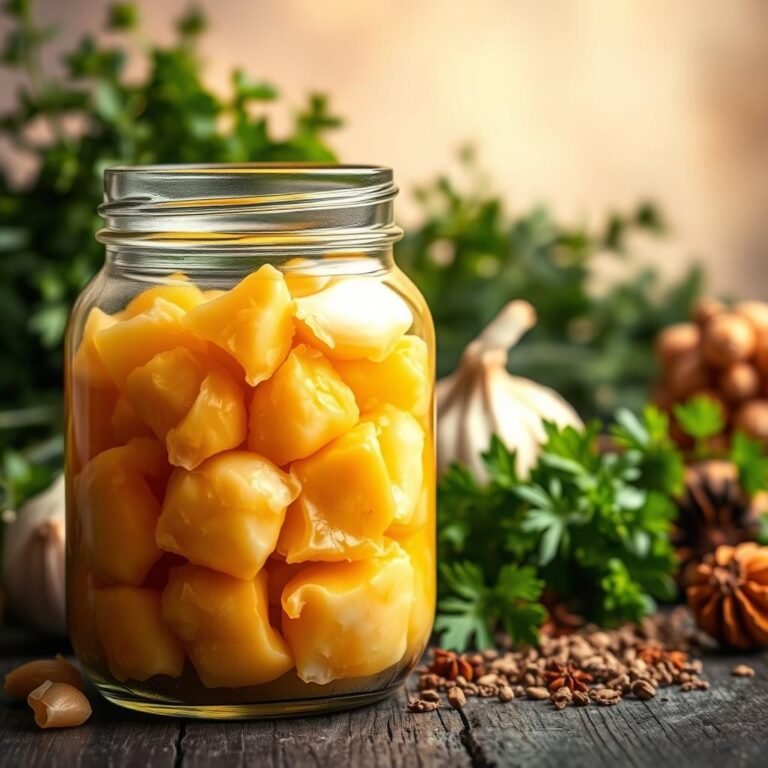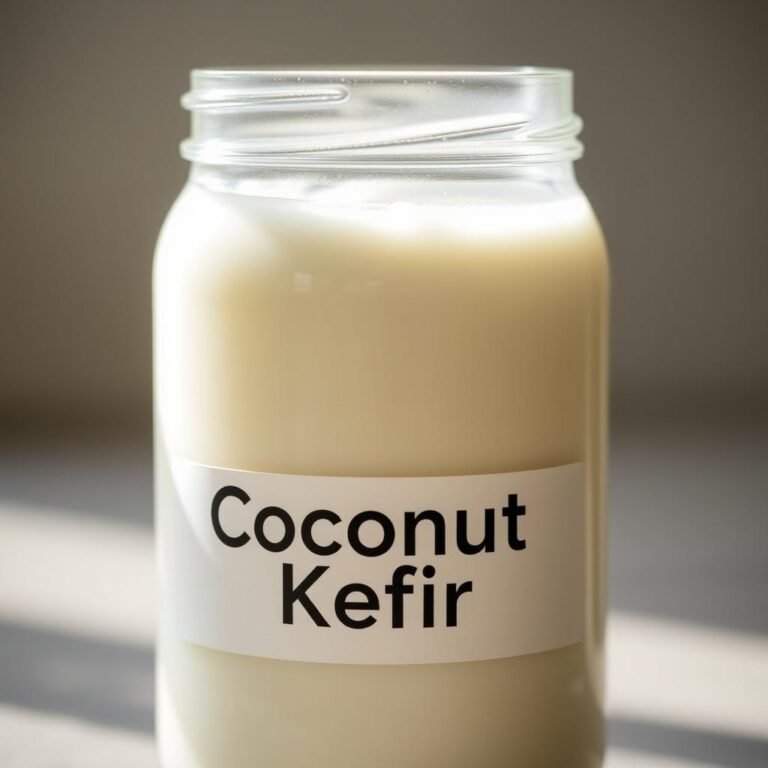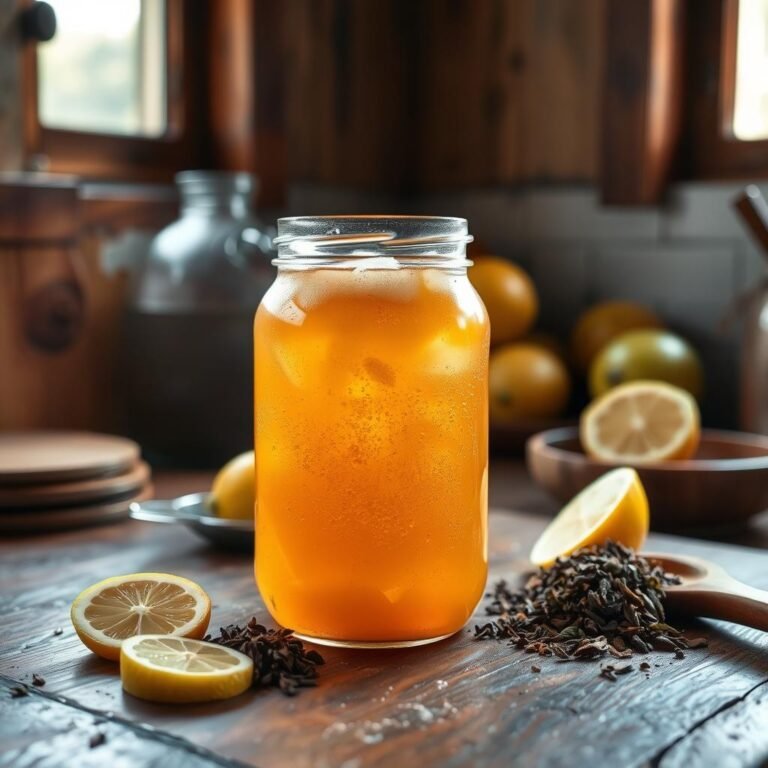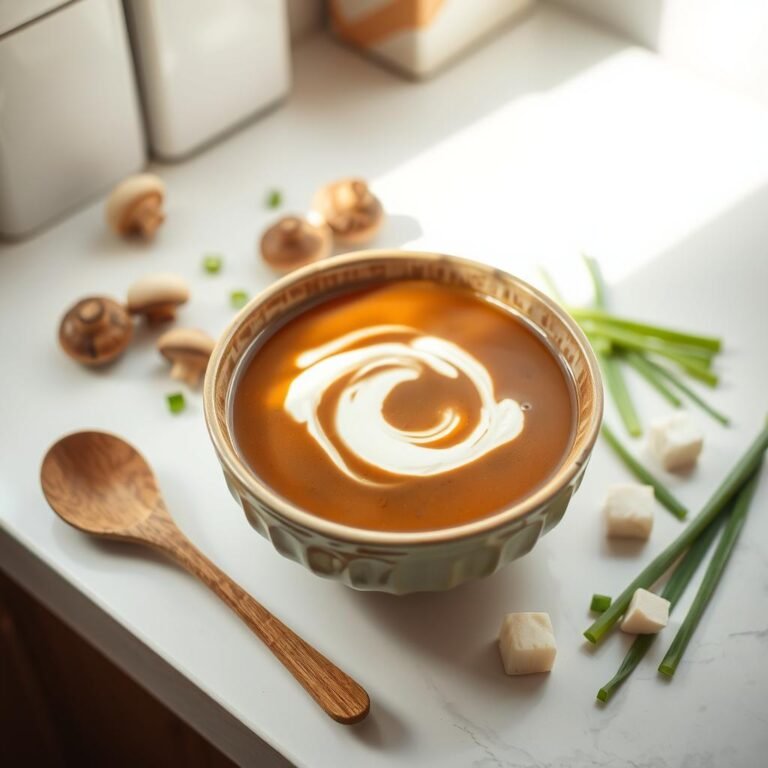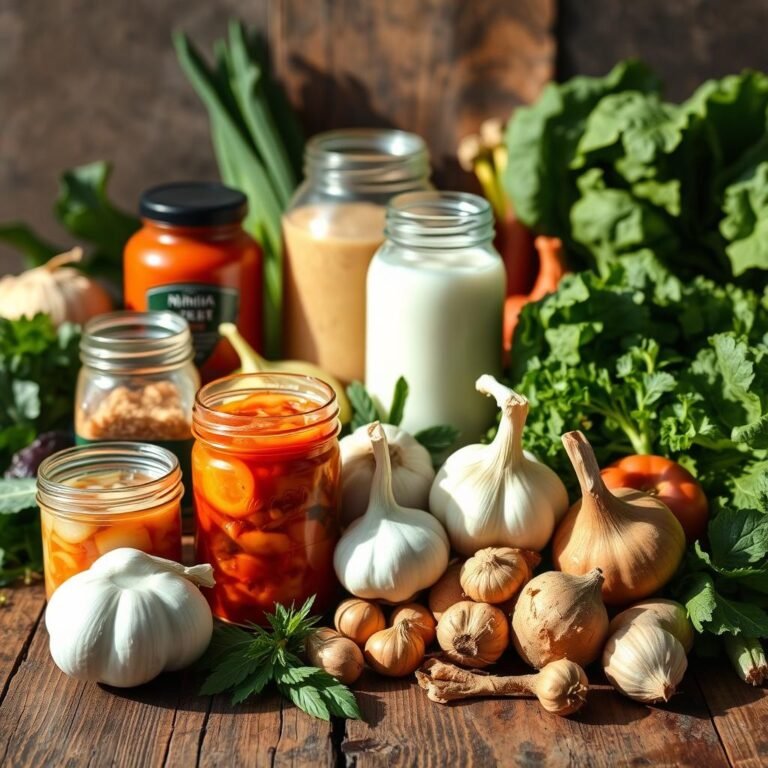What’s the Difference Between Kimchi and Sauerkraut?
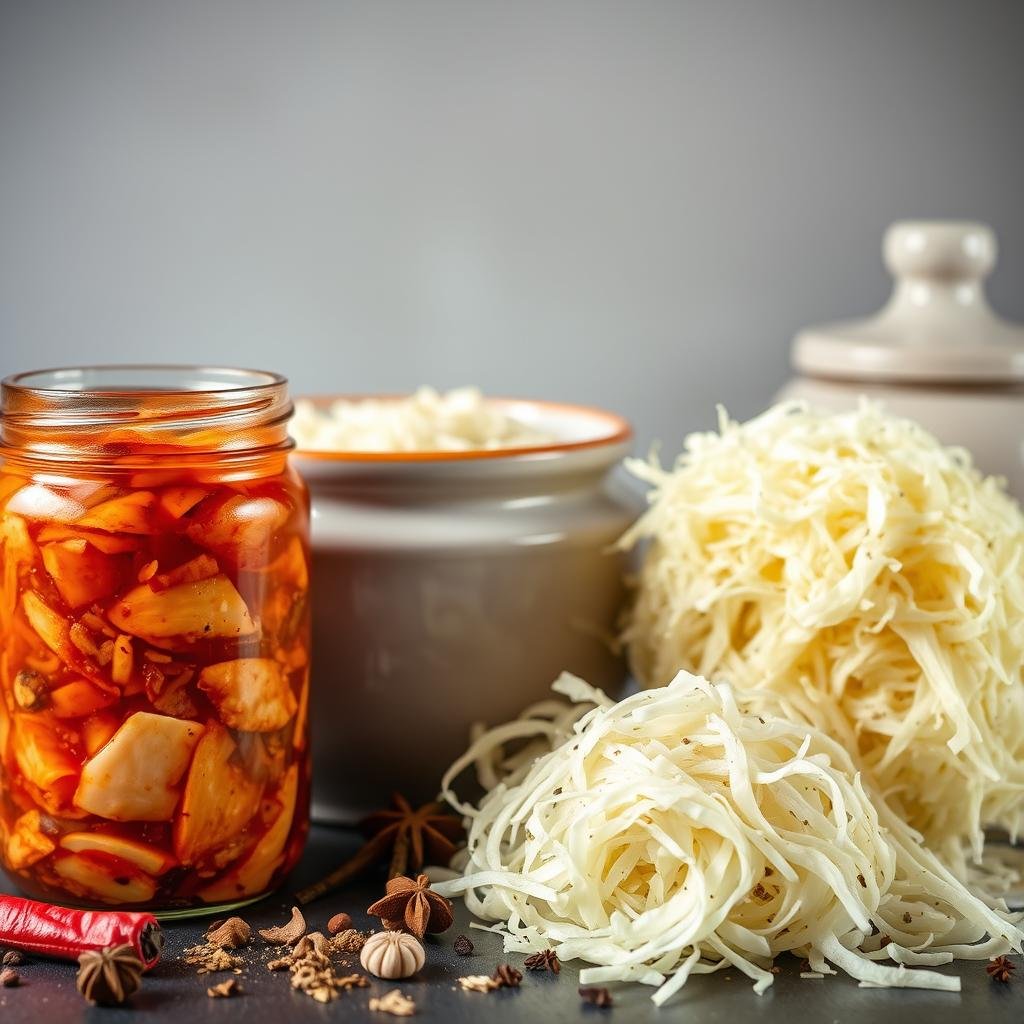
Kimchi and sauerkraut are two favorite fermented foods. They have their own special tastes, origins, and health perks. Knowing the difference between them can make you appreciate these old foods more.
Kimchi is a big deal in Korean food, known for its bold flavors and long history. Sauerkraut, on the other hand, is loved in German cooking for its easy yet tasty taste. The difference between kimchi and sauerkraut goes beyond taste. It also includes their special ingredients, how they’re seasoned, and their probiotic levels.
Looking at kimchi vs sauerkraut health benefits, both are packed with nutrients. They help with digestion, boost the immune system, and improve overall health. If you love food, care about health, or just want to learn, this comparison is for you.
What Is Kimchi?
Kimchi is a bright and colorful Korean dish. It has been around for over 3,000 years. It was made to keep vegetables fresh during the cold winter months.
This tradition shows the deep history and unique origins of kimchi. It is a big part of Korean culture and food.
Kimchi is made from fermented vegetables, like napa cabbage. It’s seasoned with chili, garlic, and spices. This gives it a special and complex taste.
Its flavor is umami, tangy, sour, and spicy. It offers a unique taste experience that people love all over the world.
The making of kimchi uses lactic acid bacteria. This process makes lactic acid and creates billions of probiotics. So, kimchi is not just tasty but also very healthy.
It’s full of vitamins B6, C, and K, folate, iron, niacin, and riboflavin. Eating kimchi can help your immune system and keep you at a healthy weight. It’s packed with daily probiotics and antioxidants.
Kimchi is more versatile than sauerkraut. You can eat it alone, use it as a condiment, or add it to dishes. Its flexibility makes it popular in both old and new cooking styles.
To learn more about kimchi and sauerkraut, check out this detailed guide. It explains the difference between kimchi and sauerkraut.
What Is Sauerkraut?
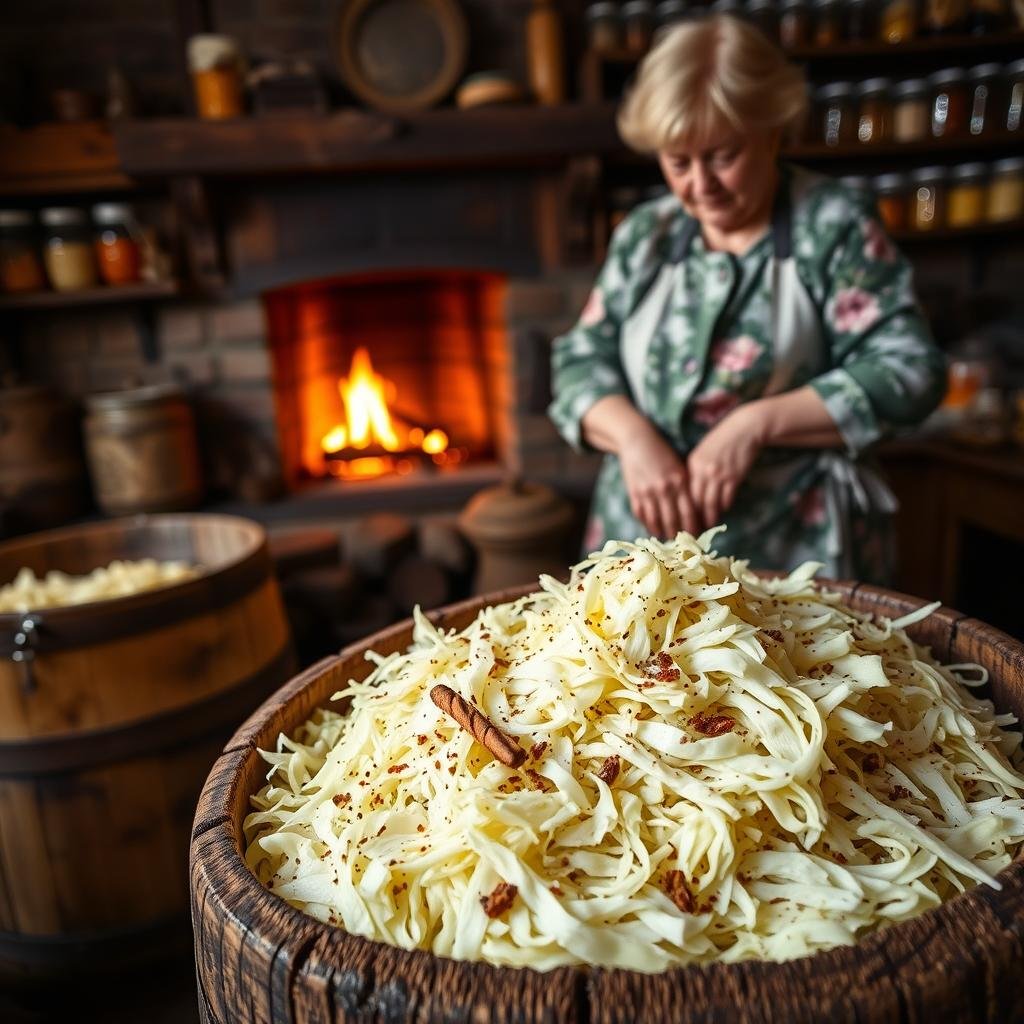
Sauerkraut is a fermented food from Europe. It’s made from shredded cabbage and salt. Its history goes back centuries. The fermentation gives it a tangy, sour taste.
Sauerkraut is full of good bacteria. This helps with digestion and gut health. Raw sauerkraut keeps these benefits, unlike pasteurized versions.
It’s best to eat sauerkraut straight from the jar. Keep it cold to keep the probiotics alive. Choosing raw sauerkraut in a jar is healthier than canned. It’s packed with live bacteria, fiber, and vitamins.
Key Differences in Taste
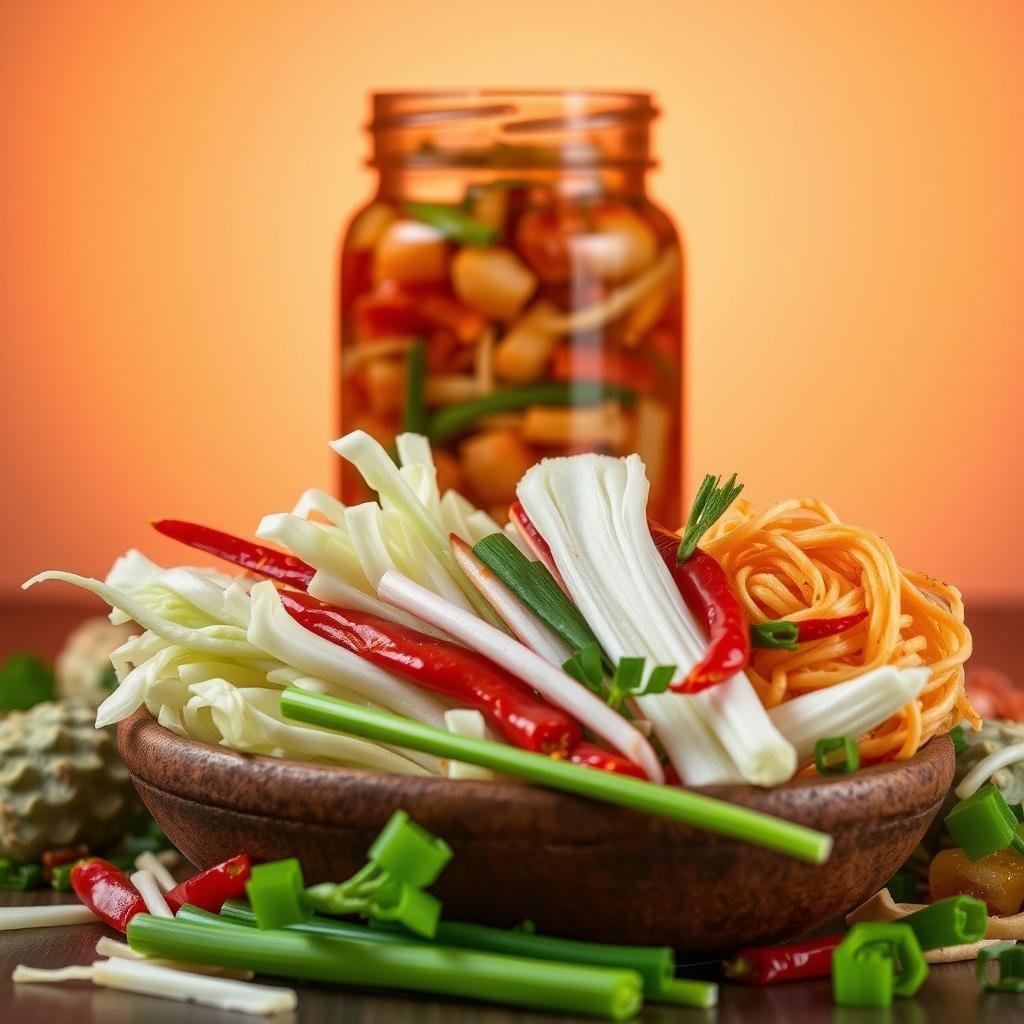
The Flavor Profiles of Kimchi are known for their mix of fizzy, sour, tangy, and spicy tastes. Kimchi’s seasoning includes garlic, chili pastes, and powders. This mix creates a complex taste experience. Sweet or salty notes can also be added, depending on the ingredients.
Sauerkraut, on the other hand, has a simple taste of sour and salty. It’s made mainly from cabbage and salt. Sometimes, mild spices like caraway seeds are added, but it’s generally less complex than kimchi.
To see how kimchi and sauerkraut differ, look at this table:
| Aspect | Kimchi | Sauerkraut |
|---|---|---|
| Main Ingredients | Cabbage, garlic, chili paste, radish, fish sauce | Cabbage, salt |
| Flavor Profile | Fizzy, sour, tangy, spicy, sweet | Sour, salty |
| Common Seasonings | Chili powder, garlic, ginger | Caraway seeds (optional) |
| Complexity | High | Low |
This comparison shows the unique taste of kimchi and the simple taste of sauerkraut. It’s important for both fans and newbies to understand these differences.
Nutritional Comparison
Kimchi and sauerkraut are both packed with nutrients. Kimchi, a Korean dish, is full of vitamins B6, C, and K. Its fermentation boosts these vitamins, helping your gut and immune system.
Sauerkraut, from Germany, is rich in vitamins C and K1. It has more vitamin C than kimchi. This shows each food has its own nutritional benefits
Both foods are great for probiotics, but in different ways. Kimchi has many probiotics from its ingredients. Sauerkraut has lots of probiotics from cabbage.
Adding both kimchi and sauerkraut to your diet is smart. They offer a mix of nutrients and probiotics. For more on their health benefits, check out this detailed comparison.
Here’s a table showing their main nutrients:
| Per 100 grams | Kimchi | Sauerkraut | |
|---|---|---|---|
| Vitamin C | 27 mg | 37 mg | |
| Vitamin K | Significant | High | |
| Probiotics | More Varieties | Concentrated |
Culinary Uses of Kimchi
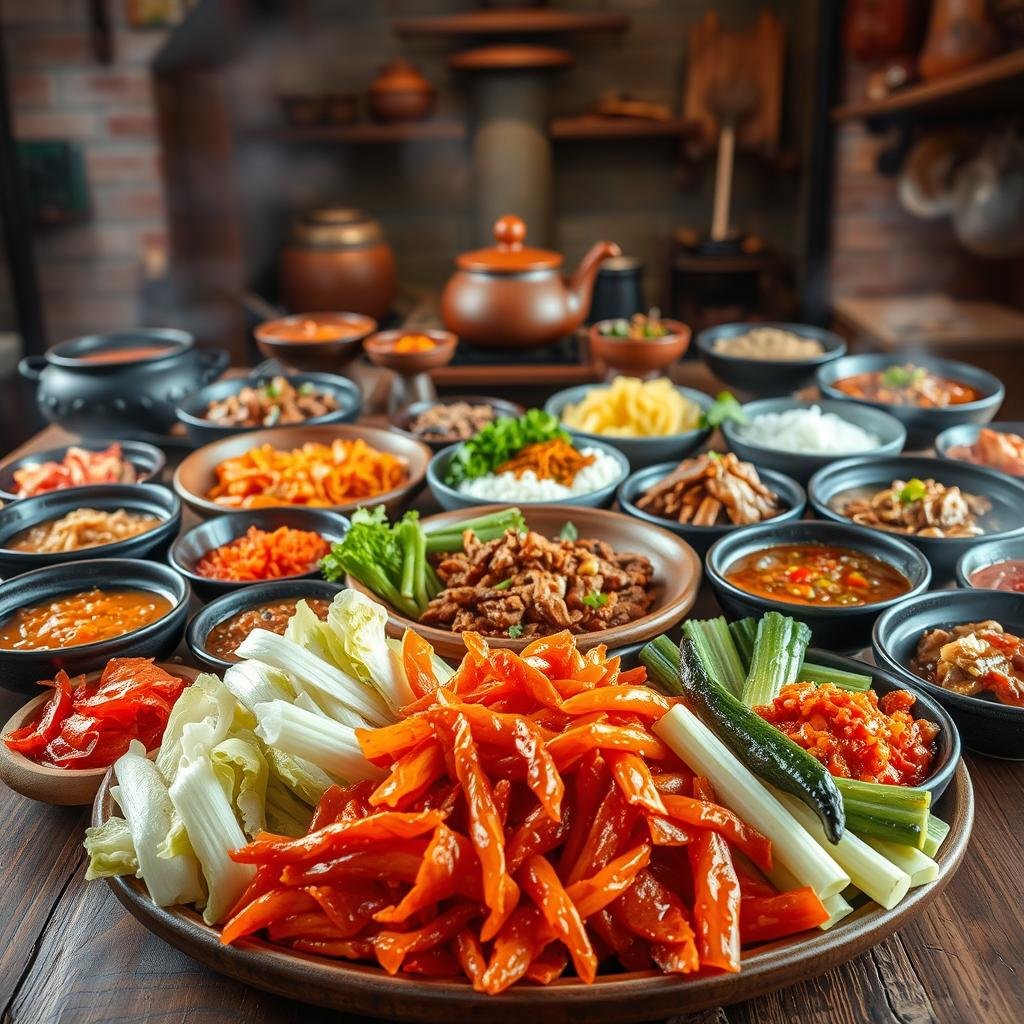
Kimchi is a key part of Korean food, used in dishes like kimchi ramen and kimchi fried rice. It adds a spicy, tangy flavor that’s loved in Korea. Korean Kimchi Tofu Soup is a favorite, with soft tofu, a poached egg, and a rich broth.
In new recipes, kimchi brings a fresh twist. For example, the Kimchi Chicken Burger adds a salty, tangy flavor. It also makes a grilled cheese sandwich unique, mixing melted cheese with kimchi’s spices.
Kimchi is also used in unexpected ways, like in pastries. It adds a surprising kick to savory fillings. This shows how kimchi can be a staple in both traditional and modern cooking.
For more on kimchi and sauerkraut, check out this comprehensive guide.
| Dish | Description |
|---|---|
| Kimchi and Shrimp Fried Rice | Combines the heat of kimchi with succulent shrimp, creating a balanced and flavorful dish. |
| Kimchi Chicken Burger | A modern fusion dish that brings a salty, tangy flavor to the classic chicken burger. |
| Korean Kimchi Tofu Soup | A traditional spicy soup featuring soft silken tofu and an egg in a rich broth. |
| Grilled Cheese Sandwich | Integrating kimchi into a grilled cheese sandwich adds a spicy and tangy twist. |
| Potato Salad | Enhances traditional potato salad with the unique flavors of kimchi. |
Culinary Uses of Sauerkraut
Traditional German dishes with sauerkraut are key in European cooking. Sauerkraut adds a tangy, slightly spicy taste. It pairs well with meats like bratwurst and pork chops, making them even more savory. It’s a staple in German cooking and also used in many new recipes.
Sauerkraut is now in many modern dishes too. For example, the Reuben sandwich is a favorite in American delis. It has corned beef, Swiss cheese, sauerkraut, and Thousand Island dressing. Chefs and home cooks also use it in salads for a tangy crunch.
Sauerkraut is used in soups for a warm, comforting feel. It’s also used in fusion dishes as a garnish or main ingredient. This shows sauerkraut can fit into both old and new recipes.
Health Benefits of Kimchi vs. Sauerkraut
Kimchi and sauerkraut are both fermented foods with great health benefits. Kimchi has a wide range of probiotics that boost gut health and the immune system. It’s full of vitamins C, K, and iron, which are good for overall health.
Sauerkraut also has live probiotics that help with digestion. It’s rich in vitamins C, K1, and iron, just like kimchi. Both support the immune system and improve gut health with their probiotics.
Kimchi might be better for gut health because of its many probiotics. These good bacteria help balance the gut. For more on this, check out the benefits of kimchi versus sauerkraut. Both kimchi and sauerkraut are better than probiotic capsules or yogurt for a healthy diet.
